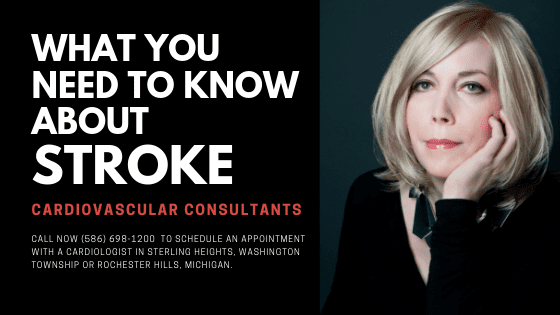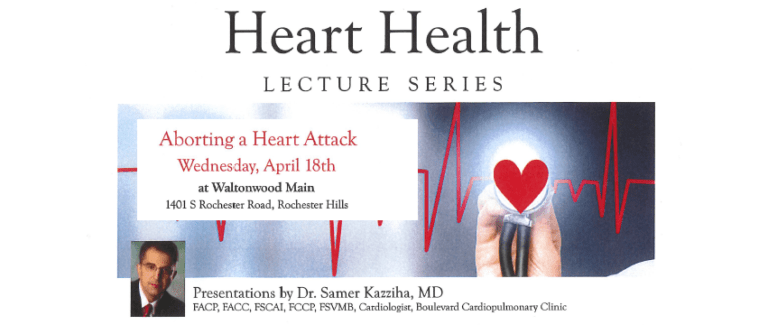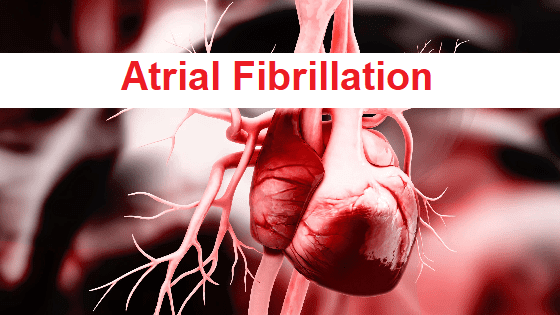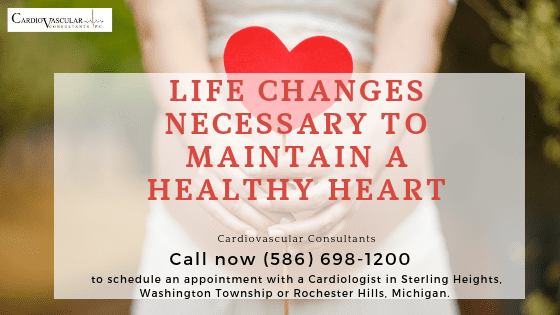Stroke is among the leading cause of deaths in the world. We often heard the word stroke, but most people are not familiar with this condition. When the supply of the blood to the brain become blocks, the condition occurs called stroke. Stroke is commonly called brain attack. Stroke is a severe condition like a heart attack. When the blood supply to the brain becomes interrupted the cells of the brain in particular, are begin to die immediately due to lack of oxygen and nutrition.
It is the fifth leading cause of death in America, and it is an emergency condition that needs quick medical attention.
Stroke mostly occurs in people having age more than 65 years. However, risks of strokes become double after 55 years of age. Stokes leads to many long term disabilities. Various lifestyle changes are required to prevent the occurrence of stroke.

Types of stroke
There are two major types of stroke.
Ischemic stroke
Blocking and narrowing of blood is the cause of ischemic stroke. The focus of the treatment is to supply the blood with the adequate flow to the brain. Those drugs are preferred that break down or dissolve the clots and prevent them from forming. Usually, aspirin is injected within 4.5 hours of starting of stroke symptoms.
Carotid endarterectomy is another procedure in which the surgeon removes the plaque, which is causing blocking by opening the carotid artery. This procedure reduces the risk of stroke.
Hemorrhagic stroke
When the blood leaks into the brain, this condition is known as a hemorrhagic stroke. The treatment aims to minimize the pressure on the brain and control the bleeding.
Treatment initiated with the drugs that lower the pressure in the brain and overall blood pressure, prevents the construction of blood vessels and also prevent seizures. Doctors can repair the blood vessels by performing surgery to prevent hemorrhagic strokes.
Transient ischemic attacks (TIAs):
It is known as a mini-stroke. This condition can occur when the blood flow fails to reach the brain. After some time, the normal flow of the blood resumes and symptoms disappears.
Prognosis
There are many problems that originate due to stroke. Thinking, attention, learning, judgment, memory, and awareness, all these patterns are affected by stroke.
Stroke is related to the brain but may affect the entire body. One of the disability result due to stroke is the complete paralysis of one side of the body known as hemiplegia. Another condition originates due to stroke is called hemiparesis, which is a one-sided weakness. Sometimes, stroke can result in depression. It also affects speech and emotions.
What causes a stroke?
Leaking or blood in the brain and inadequate supply of blood to the brain cause stroke. Most common type of stroke is ischemic stroke results due to an insufficient supply of blood due to clot formation or any other blockage.
Stroke Symptoms
The symptoms of stroke appear without warning, these include
- Weakness or numbness of arm, face or legs, this especially affect only one side of the body
- Trouble speaking and understanding speech with sudden confusion
- Visual impairment
- Loss of coordination and balance, difficulty in walking and dizziness
- Severe headache without any cause
- Vomiting and unconsciousness
Other than these symptoms, stroke can lead to many other health problems that temporarily or permanently affect the individual.
- Bowel control problems and bladder issues
- Depression and anxiety
- The occurrence of pain in hands and feet and become severe with the change of temperature and movement
- Weakness and paralysis of the body (mostly one-sided)
- Uncontrolled emotions and expressions
Stroke Prevention
The best way to treat a stroke is prevention. Health status can be improved by reducing the risks of stroke. The primary risk of the stroke is family history, other than this, there are many other risk factors that you can control.
- The primary risk factor for heart diseases and stroke is blood pressure. So, you have to manage your blood pressure if you observe symptoms. Whereas, most of the time, high blood pressure so not show any signs and thus known as silent killer.
- Quit smoking because it increases the chances of occurrence of stroke by damaging your blood vessels.
- The chances of stroke also increase with diabetes, like blood pressure diabetes also causes no symptoms but can be very harmful. So, you have to manage your diabetes either by exercise or by diet and medications.
- Being obese or overweight is the major threat to your health. Similarly, it also increases the chances of stroke, so you must eat a healthy diet and do regular exercise to reduce the fat to prevent the chances of stroke.
Diagnosis
Immediate medical attention is required when the signs of stroke appear. After diagnosis, treatment must be given within 3 hours of signs and symptoms.
Different tests are used to diagnose the stroke, these include
Physical examination
Examination of blood vessels, blood pressure, and carotid arteries in the neck performed along with asking for signs, and symptoms and medical history.
Cerebral angiogram
Detailed view of the blood vessel and brain can be obtained by injecting dyes into the blood vessels of the brain to make them visible under X-ray.
Echocardiogram
It is performed to check for any sources of clots that could travel to the brain by creating a detailed image of the heart.
Blood tests
Blood tests have performed to check for clotting factors or any signs of infections.
CT scan
CT scan is performed to show strokes, tumors, hemorrhages, and other conditions of the brain.
MRI scan
To detect the damage of brain tissues, magnets and radio waves create an image of the brain
Carotid ultrasound
To check the presence of any plaque and flow of blood in the carotid arteries.
Treatment
There are three stages for the treatment of stroke
- Prevention
- Immediate therapy after the stroke
- Post-stroke rehabilitation
The most common treatment for stroke is drug therapy. Generally, antithrombotic (anticoagulants and antiplatelet agents) and thrombolytics that dissolve the blood clots are mostly used.
Call now (586) 698-1200 to schedule an appointment with a Cardiologist in Sterling Heights, Washington Township or Rochester Hills, Michigan.




